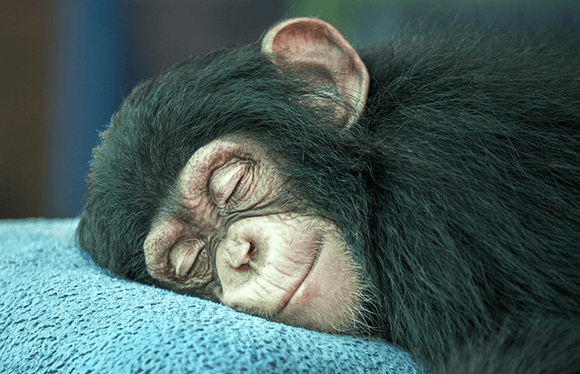
Smiling and Laughter is a part of everyday life. But even though we sometimes take these natural human responses for granted, they each have a storied history in the countless millennia of human evolution. Let’s have a look at some interesting facts about the history of smiling and laughter and what modern-day science can tell us about the importance of these two things in our day-to-day social interactions with other people.
The Evolution of the Smile
The smile can be traced back over thirty million years of evolution to a “fear grin” stemming from monkeys and apes who often used barely clenched teeth to portray to predators that they were harmless. Not unlike this monkey showing off its lipstick:

Other research indicates that the human smile was co-opted from other animals who initially used the baring of teeth as a warning to other predators. Humans over time turned this into a form of greeting. While there is a lot of contention as to the exact origins of smiling and laughter and a comprehensive theory remains out of the reach of science, there is also some research to indicate that the smile quickly evolved into a way of attracting mates in early humans.

Babies and Infants Are Pretty Smart
On the other hand, reflex smiling in babies who are not being affected by outside stimuli may contradict the commonly held theories about the evolution of smiling and laughter. Additionally, at just 9-10 months, an infant is capable of offering a false smile or fake laughter to a stranger but reserves the real smiles and giggles for someone they are comfortable with like a parent.

Old Photos Don’t Tell the Full Story of Smiling
The main reason most paintings and portraits from history don’t have people smiling in them is because it was difficult for the subjects to hold an attractive smile for a long period of time, which would often result in an awkward grimace.
While a minority of people chose not to smile because of their bad teeth, back then, most people had bad teeth and so a beautiful smile was not yet seen as a major differentiator of attractiveness. The same is true for early photographs such as Daguerrotypes which remained popular until the 1860s which often required exposure time of 60-90 seconds.
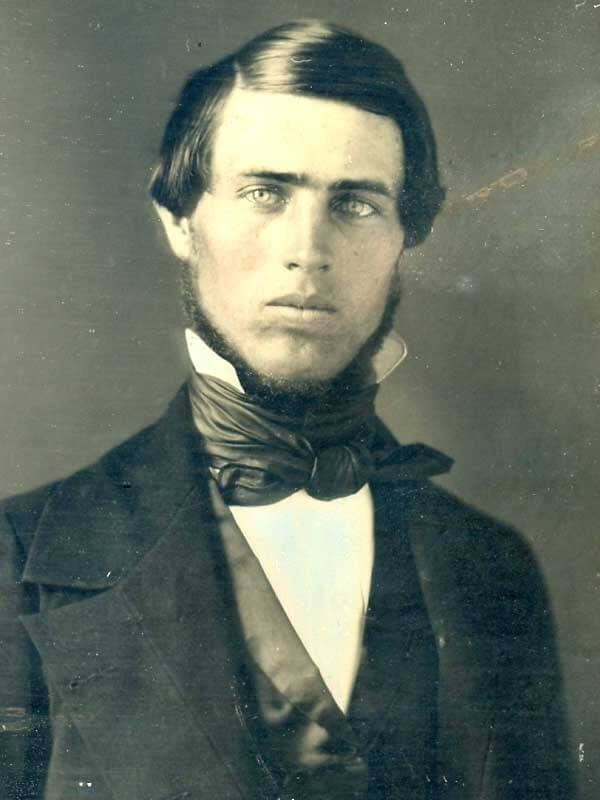
The end result of not smiling in old photos apparently made some people look like vampires.
George Washington had incredibly bad teeth. In fact, by his inauguration in 1789 he only had one natural tooth left. It’s no wonder he didn’t wind up smiling for his Presidential portrait.
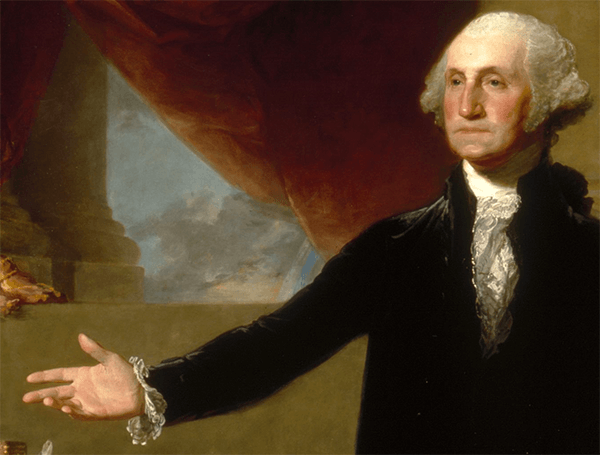
Spotting a Fake Smile
The human brain has evolved to very easily spot a fake smile. It compares the geometry of a person’s face to what is commonly understood as a genuine smile. Additionally when humans see a smile, the brain has evolved to in some way mimic the smile in order to judge whether it “feels” fake or real. If it is real, the brain will activate the same physical muscles as being used by the original smiler.

There are two types of smiles: A Duchenne smile and non-Duchenne smile. A French Neurologist by the name of Guillaume Duchenne who studied the mechanism of facial expression discovered these two types of smiles. A Duchenne smile is thought of as being a spontaneous non-concious smile, otherwise known as smiling with the eyes.
Check out this video about fake and real smiles:
Do People Smile Because They’re Happy or Are They Happy Because They Smile More?
A famous study of yearbook photos discovered that women who had the best smiles went on to lead happier lives with happier marriages. A similar study of baseball cards found a correlation between how big a smile a player’s smile was to how long that person would eventually live. The people who smiled the most wound up living seven years longer than those who didn’t smile at all.
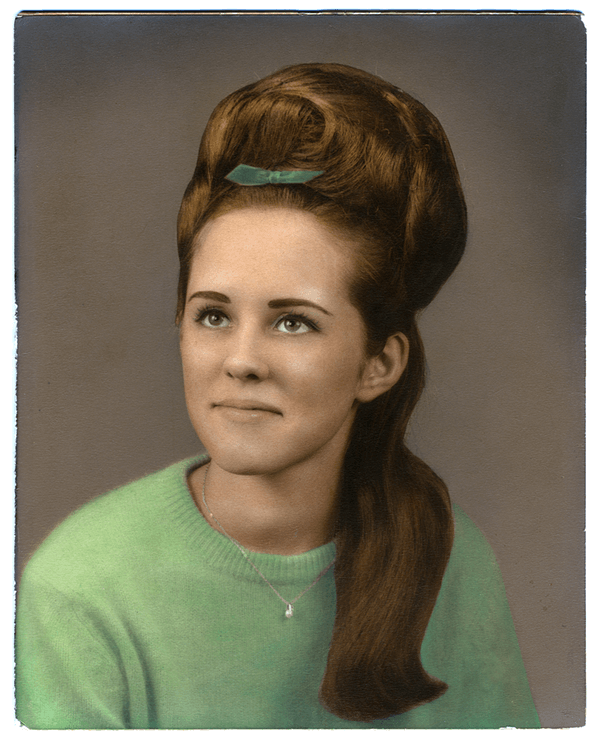
Laughing For the Heck of It…
In a comprehensive study of why people laugh, it was discovered that 80-90% of all laughter is not in response to jokes or anything purposefully humorous. It’s actually most often in response to dull non-witicisms such as: “It was nice meeting you”, or “I’ll see you later.”
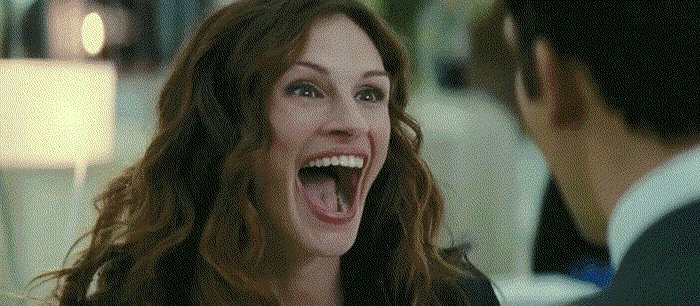
Sometimes You Just Can’t Stop Laughing
Laughing is an incredibly social and pleasurable behaviour and some researchers say was a major contributing factor to the formation of the first villages and social structures. Laughter is truly contagious.
History is littered with outbreaks of laughter epidemics. In 1962, the African country that is now Tanzania, three school girls began to laugh uncontrollably, and within a few months about two thirds of the school’s students would break out into fits of uncontrollable laughter. This eventually spread to the parents of the children and their acquaintances.
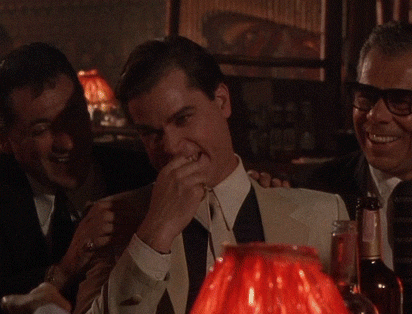
Laughing is Great for You..
Studies have shown that laughter can be almost as restorative as sleep.

Until it’s not…
Laughing can kill. There has been historical evidence that those with underlying conditions have had heart attacks, strokes, and embolisms as a result of laughter. There is also evidence that in the past tickling has been used as a method of torture. A victim would be tied up and the soles of their feet were covered with salt. A goat would then be brought into the room to lick the slat, causing intense tickling.






